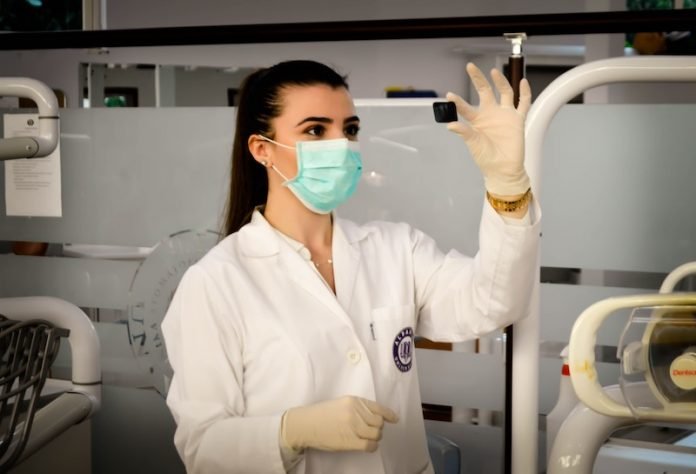
In a recent study published in Science Advances, researchers have solved a big puzzle of pancreatic cancer.
The research was conducted by a team from Harvard University, Boston University, and the University of Pennsylvania.
Pancreatic cancer is one of the most insidious forms of the disease, in which an average of only 9% of patients are alive five years after diagnosis.
One of the reasons for such a dismal outcome is that pancreatic cancer cells are able to escape from tumors and enter the bloodstream very early in the disease.
This means that by the time the cancer is discovered, it has usually already spread.
One confusing fact is that pancreatic tumors appear to almost lacking blood vessels altogether, which prevents cancer drugs from reaching and killing them and has puzzled scientists and clinicians trying to understand how the disease progresses.
In the study, the team found that the tumor cells invade nearby blood vessels, destroy the endothelial cells that line them, and replace those cells with tumor-lined structures.
This process may be driven by the interaction between the protein receptor ALK7 and the protein Activin in pancreatic cancer cells, pointing to a possible target for future treatments.
Studying the interactions between pancreatic cancer and blood vessels requires multiple, invasive tissue biopsies from human cancer patients, and imaging the disease over time in the internal organs of living mouse models is technically very challenging.
The researchers took a different approach by using organs-on-chips: clear, flexible, plastic chips about the size of a USB stick containing microfluidic channels embedded in a collagen matrix that can be lined with living cells kept alive.
To replicate a pancreatic cancer tumor, the team seeded one channel with mouse pancreatic cancer cells and a neighboring channel with human endothelial cells.
They observed that after about four days, the pancreatic cancer cells began to invade the collagen matrix toward the blood vessel channel, and eventually wrapped themselves around the channel, spread along its length, and finally invaded it.
During the invasion process, the endothelial cells in direct contact with the cancer cells underwent apoptosis (cell death), leading to a blood vessel channel that was composed exclusively of cancer cells.
They saw the same pattern when using human pancreatic cancer cells in the organ-on-chip, and in living mouse models of pancreatic cancer, suggesting that this process may also occur in humans.
When pancreatic cancer cells were implanted into mice who were subsequently given an inhibitor molecule, their tumors displayed a higher density of blood vessels, confirming that the inhibitor also reduced ablation in vivo.
The team says this study revealed a major insight into pancreatic cancer biology that could be used to drive the development of new treatments.
In addition, the cancer-on-a-chip platform opens a new door to be able to more carefully study the interactions between blood vessels and other types of cancers.
Copyright © 2019 Knowridge Science Report. All rights reserved.



